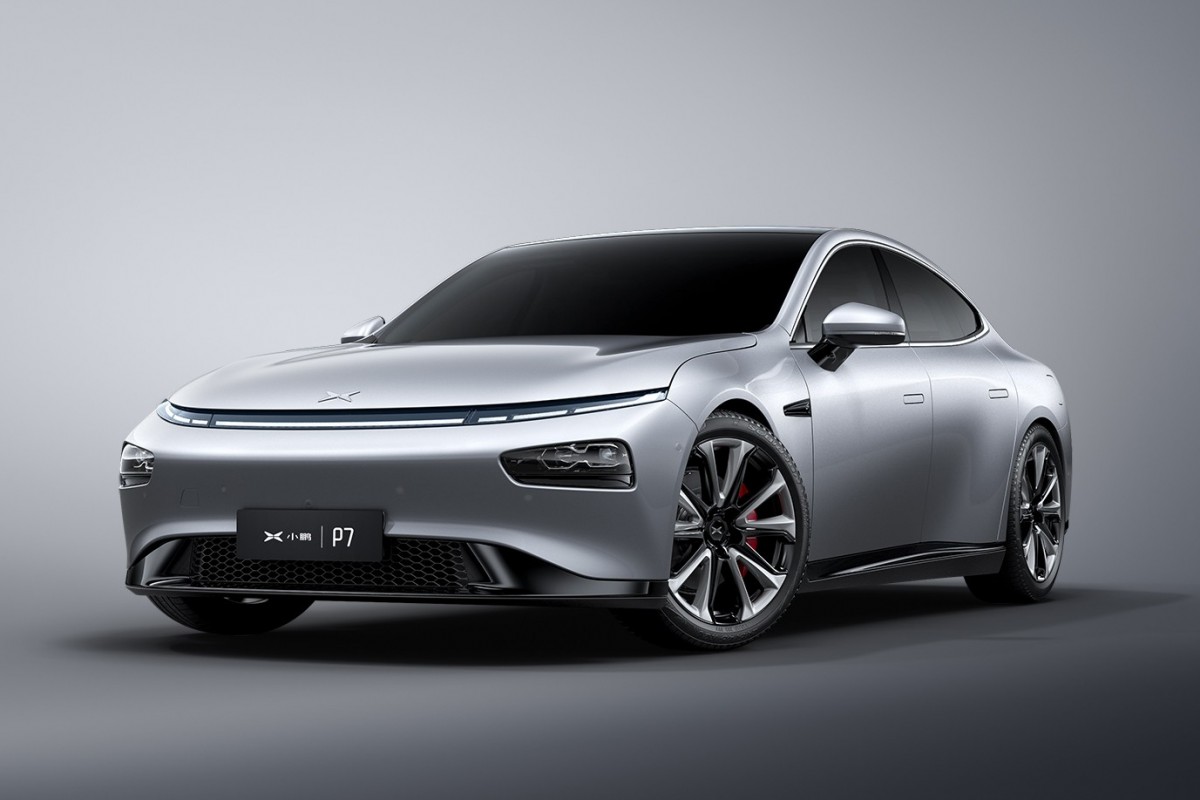Elon Musk famously said any company relying on lidar is “doomed.” Tesla instead believes automated driving functions are built on visual recognition and is even working to remove the radar. China’s Xpeng begs to differ.
Founded in 2014, Xpeng is one of China’s most celebrated electric vehicle startups and went public when it was just six years old. Like Tesla, Xpeng sees automation as an integral part of its strategy; unlike the American giant, Xpeng uses a combination of radar, cameras, high-precision maps powered by Alibaba, localization systems developed in-house, and most recently, lidar to detect and predict road conditions.
“Lidar will provide the 3D drivable space and precise depth estimation to small moving obstacles even like kids and pets, and obviously, other pedestrians and the motorbikes which are a nightmare for anybody who’s working on driving,” Xinzhou Wu, who oversees Xpeng’s autonomous driving R&D center, said.
“On top of that, we have the usual radar which gives you location and speed. Then you have the camera which has very rich, basic semantic information.”
Xpeng is adding lidar to its mass-produced EV model P5, which will begin delivering in the second half of this year. The car, a family sedan, will later be able to drive from point A to B based on a navigation route set by the driver on highways and certain urban roads in China that are covered by Alibaba’s maps. An older model without lidar already enables assisted driving on highways.
The system, called Navigation Guided Pilot, is benchmarked against Tesla’s Navigate On Autopilot, said Wu. It can, for example, automatically change lanes, enter or exit ramps, overtake other vehicles, and maneuver another car’s sudden cut-in, a common sight in China’s complex road conditions.
“The city is super hard compared to the highway but with lidar and precise perception capability, we will have essentially three layers of redundancy for sensing,” said Wu.













